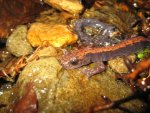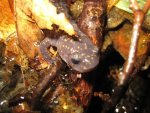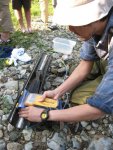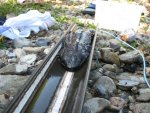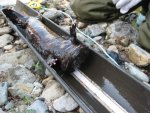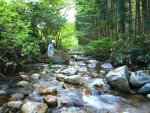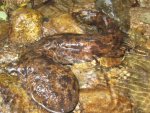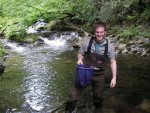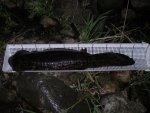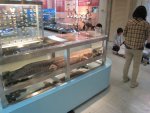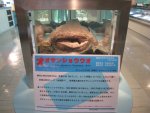cland
New member
- Joined
- May 7, 2007
- Messages
- 9
- Reaction score
- 1
- Points
- 0
- Age
- 39
- Country
- United States
- Display Name
- Michael Avery
Hi all,
I was fortunate enough to travel to Japan last year to help in the field with a population demography and ecology study of A. japonicus, the Japanese giant salamander. I have been meaning to add some photos for a while, and I just kept putting it off. I need to get out my old computer to get to the bulk of my shots, but started a Facebook group about these awesome salamanders, which include some of the better images, as well as some taken by other folks in the field in Tottori prefecture, Japan. If you have Facebook, check the group out, and add any Andrias photos or comments of encouragement if you would like; Sumio Okada, the researcher I was working with, is a member and is excited about raising awareness outside of Japan.
http://www.facebook.com/group.php?gid=43689425729
Thanks, I'll add some more photos at some point.
Best,
Mike
I was fortunate enough to travel to Japan last year to help in the field with a population demography and ecology study of A. japonicus, the Japanese giant salamander. I have been meaning to add some photos for a while, and I just kept putting it off. I need to get out my old computer to get to the bulk of my shots, but started a Facebook group about these awesome salamanders, which include some of the better images, as well as some taken by other folks in the field in Tottori prefecture, Japan. If you have Facebook, check the group out, and add any Andrias photos or comments of encouragement if you would like; Sumio Okada, the researcher I was working with, is a member and is excited about raising awareness outside of Japan.
http://www.facebook.com/group.php?gid=43689425729
Thanks, I'll add some more photos at some point.
Best,
Mike

